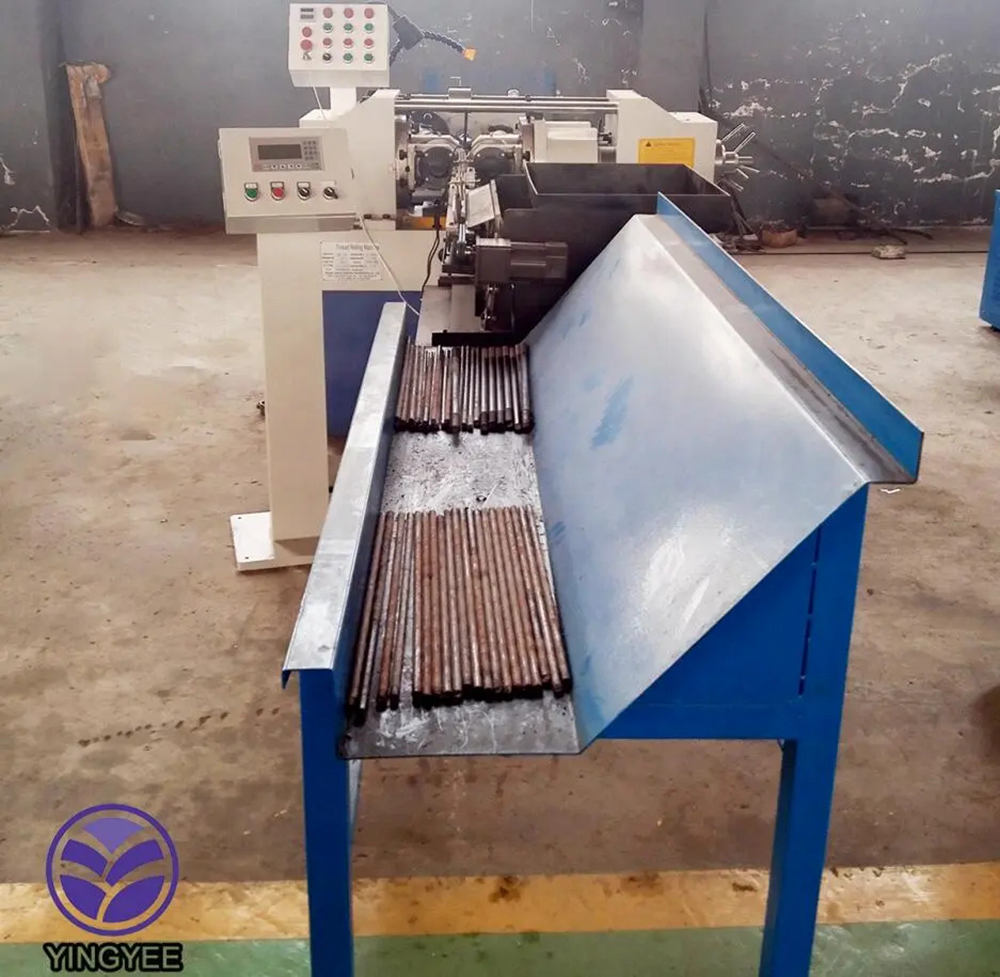
The Evolution and Importance of Roof Tile Making Machinery
Roof tiles have been a fundamental component of architectural design for centuries, providing both functionality and aesthetic appeal. The process of manufacturing these tiles has evolved significantly over time, particularly with the advent of modern machinery. Roof tile making machinery plays a crucial role in enhancing the efficiency, quality, and sustainability of roof tile production.
Historically, roof tiles were crafted by hand, involving labor-intensive techniques that limited production capacity. Artisans would mold damp clay into shape and then fire the tiles in kilns. While this method allowed for unique designs and customization, it was inefficient for large-scale construction projects. With the demand for buildings increasing, the need for a more effective production process became evident. This led to the development of roof tile making machinery.
Modern roof tile making machines incorporate advanced technology, including automated controls and energy-efficient designs. These machines are capable of producing a wide variety of roof tiles, including ceramic, concrete, and even synthetic materials. The use of automation has significantly reduced the time taken to manufacture tiles, allowing for mass production without compromising quality.
One of the primary advantages of using roof tile making machinery is the consistency it offers. In contrast to hand-crafted tiles, which may vary in size and finish, machinery ensures that each tile produced adheres to precise specifications. This uniformity is critical for ensuring a proper fit during installation, ultimately leading to enhanced durability and reduced likelihood of leaks or structural issues.

Moreover, technological advancements have contributed to the eco-friendliness of roof tile production. Modern machines are designed to minimize waste and lower energy consumption, aligning with global sustainability goals. For instance, many manufacturers now utilize recycled materials in their tiles, which can be efficiently processed using contemporary machinery. Additionally, innovations such as water recycling systems in tile production further minimize environmental impact.
The types of roof tile making machinery available today are diverse, targeting various market segments. Some machines are specialized for small-scale production, allowing local artisans and businesses to thrive. These compact machines often come with a range of customizable options, enabling users to produce unique tiles that cater to specific regional aesthetics. On the other end of the spectrum, large-scale factories utilize high-capacity machinery capable of producing thousands of tiles daily. These machines often feature automated operations, from mixing raw materials to packaging the finished product, thus streamlining the entire manufacturing process.
Furthermore, training and support have become an integral part of the industry. Companies that manufacture roof tile making machinery typically offer comprehensive training programs for operators, ensuring that they understand how to optimize the machines for efficiency and safety. This support not only helps businesses reduce downtime but also empowers workers with the skills needed to adapt to new technologies.
In conclusion, roof tile making machinery stands at the intersection of tradition and innovation. It has transformed the way roof tiles are produced, significantly enhancing efficiency, quality, and sustainability. As construction demands continue to grow, the role of advanced equipment in the tile-making industry will only become more pronounced. With ongoing technological advancements, the future of roof tile production looks promising, ensuring that this essential element of architecture will remain both functional and beautiful for years to come.